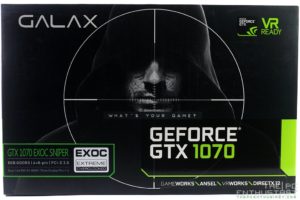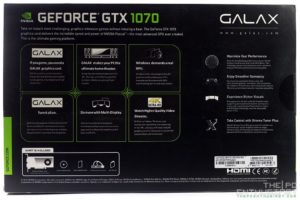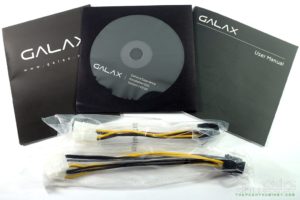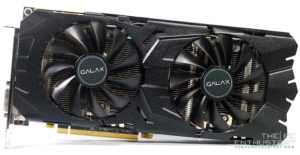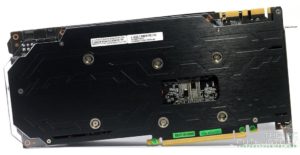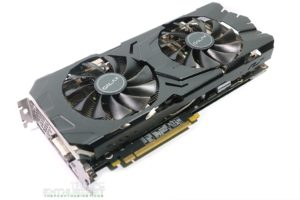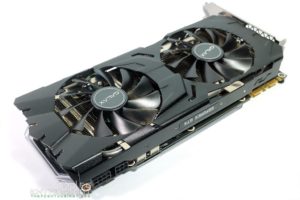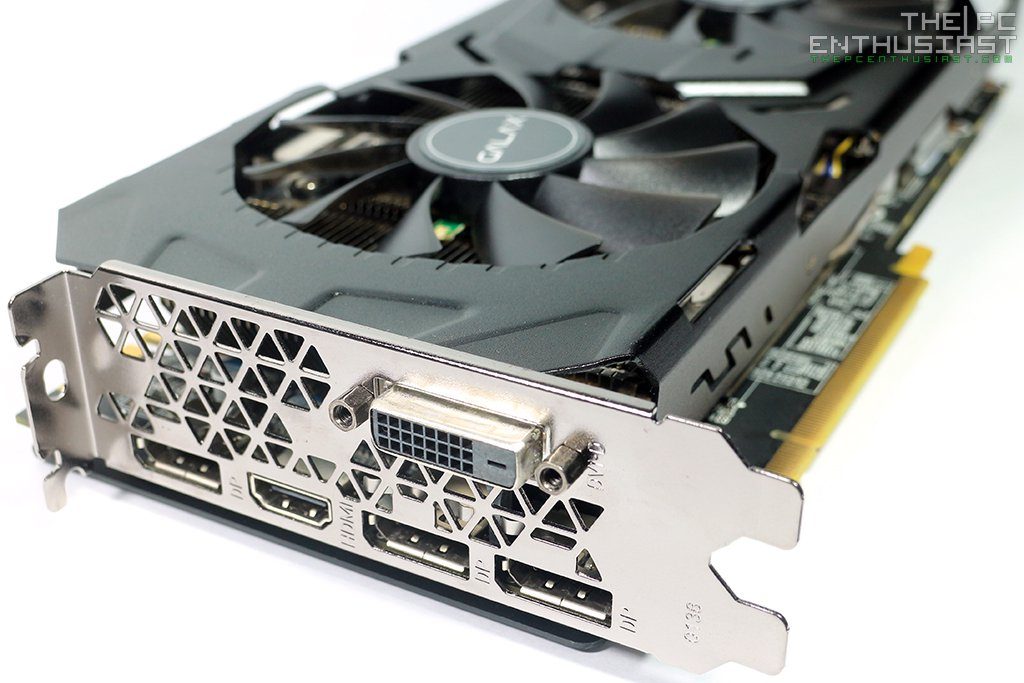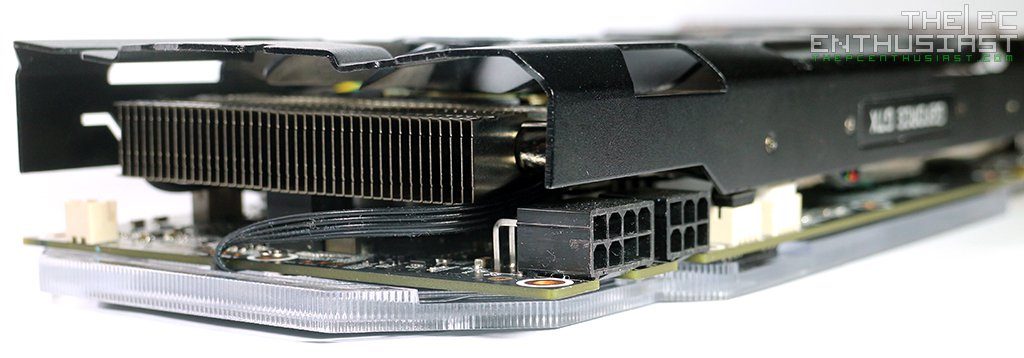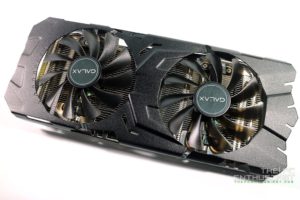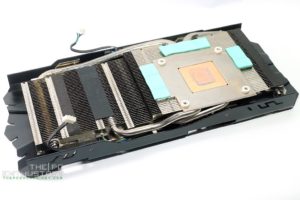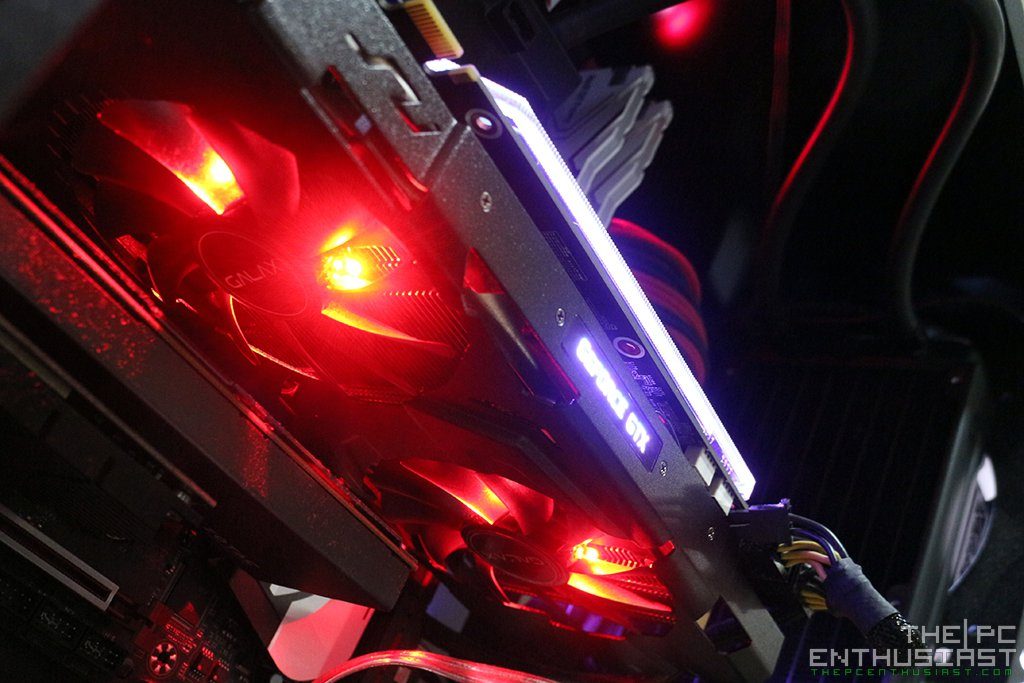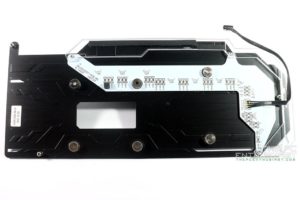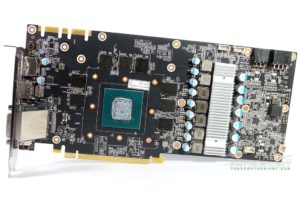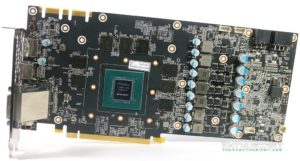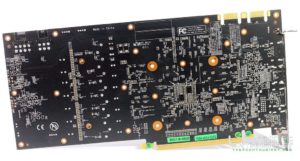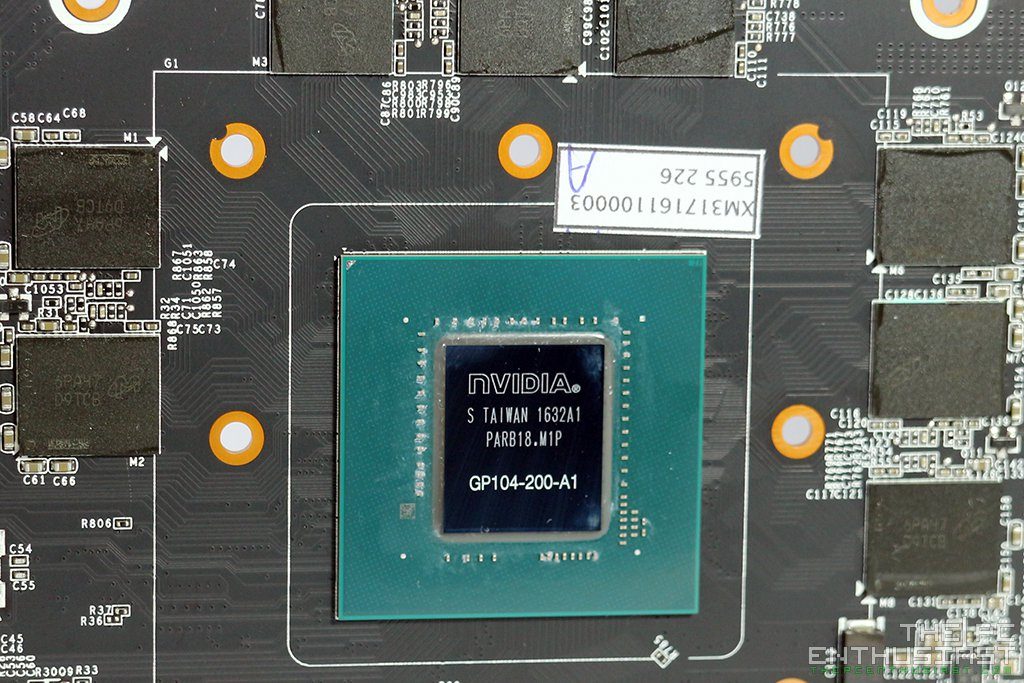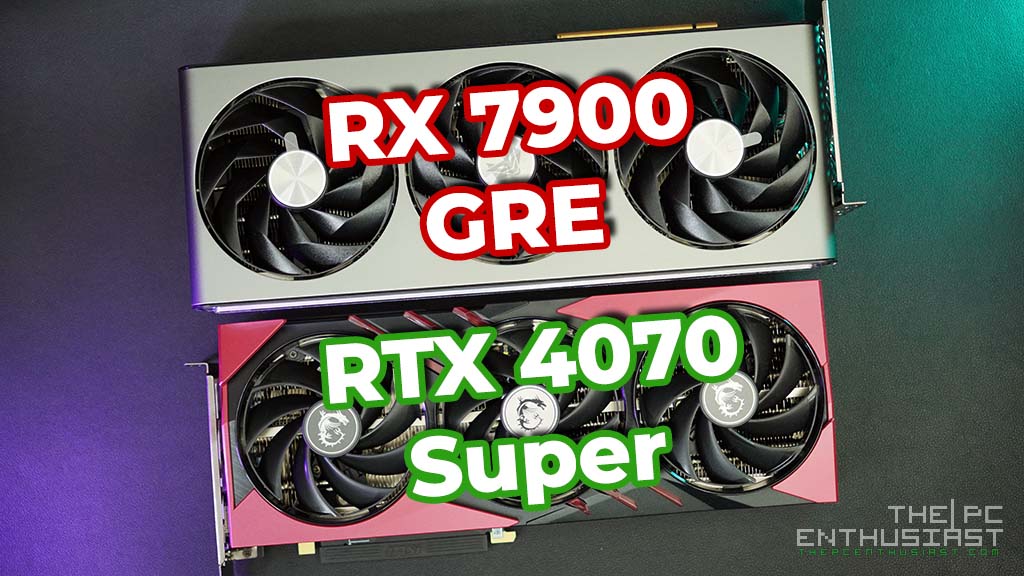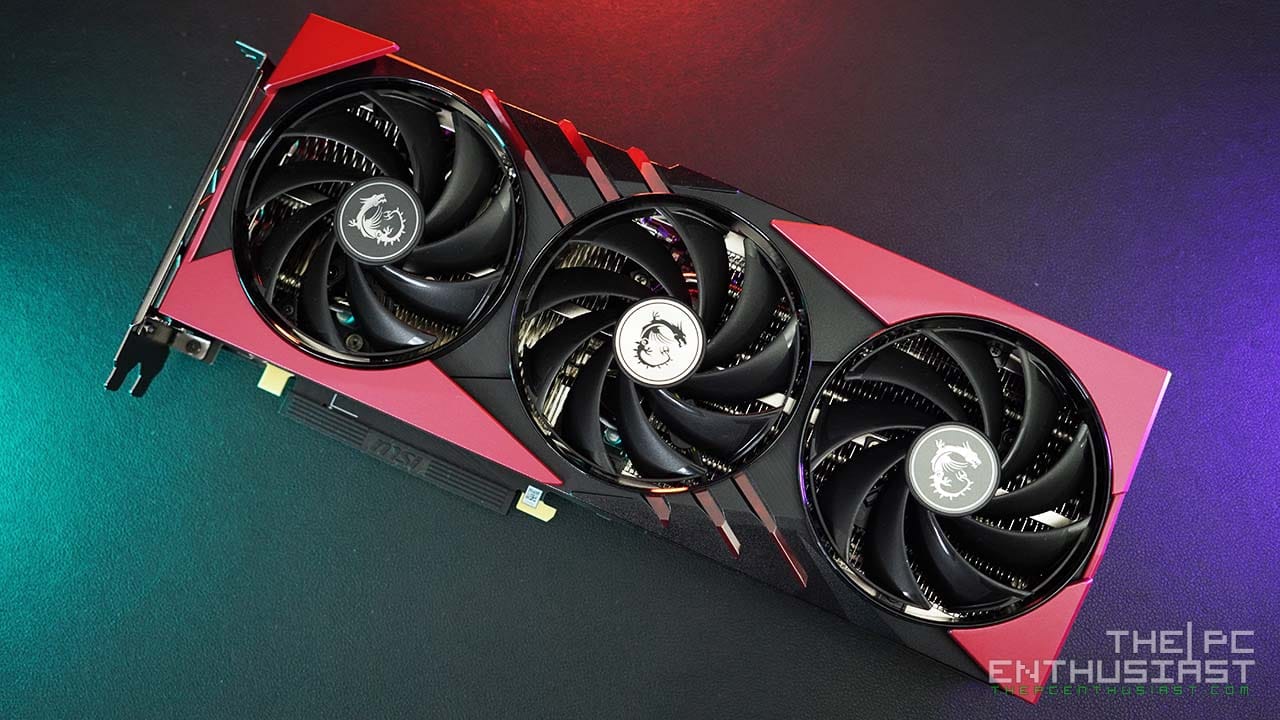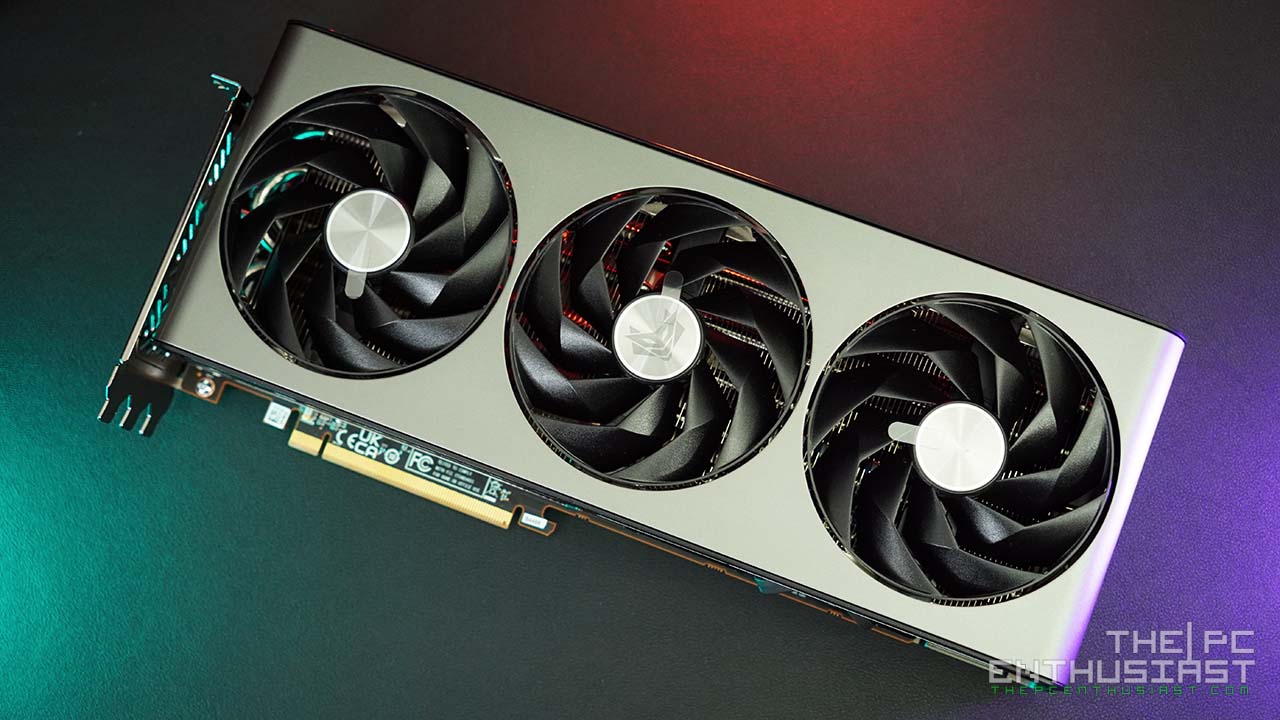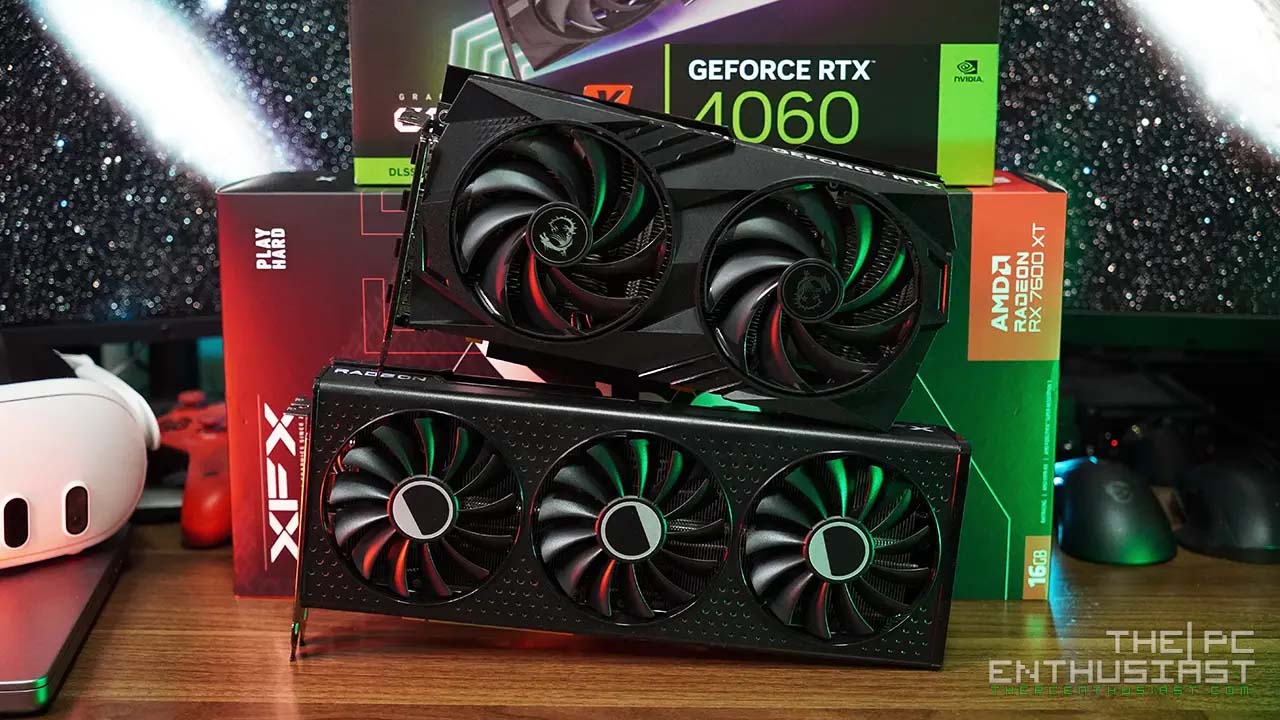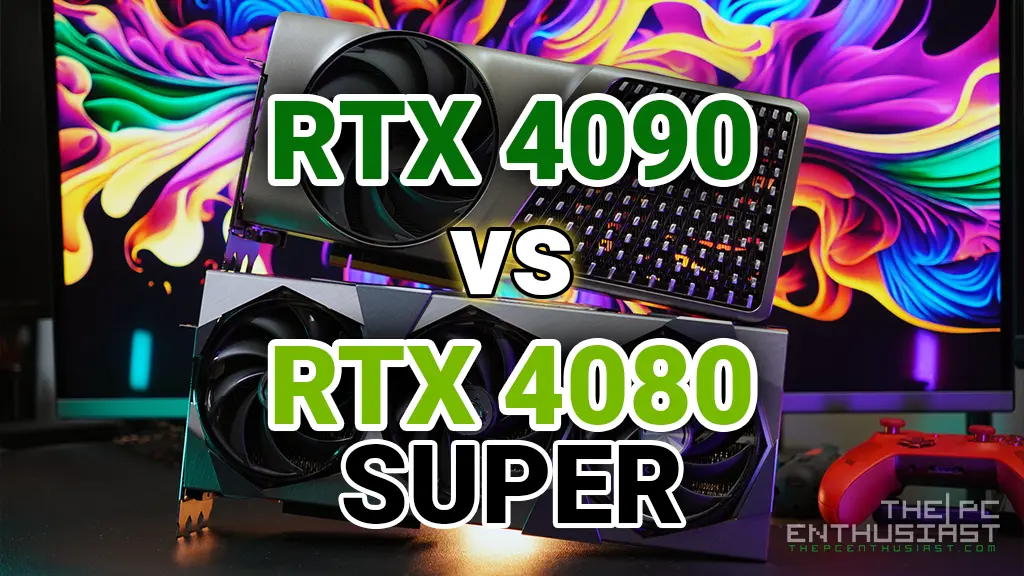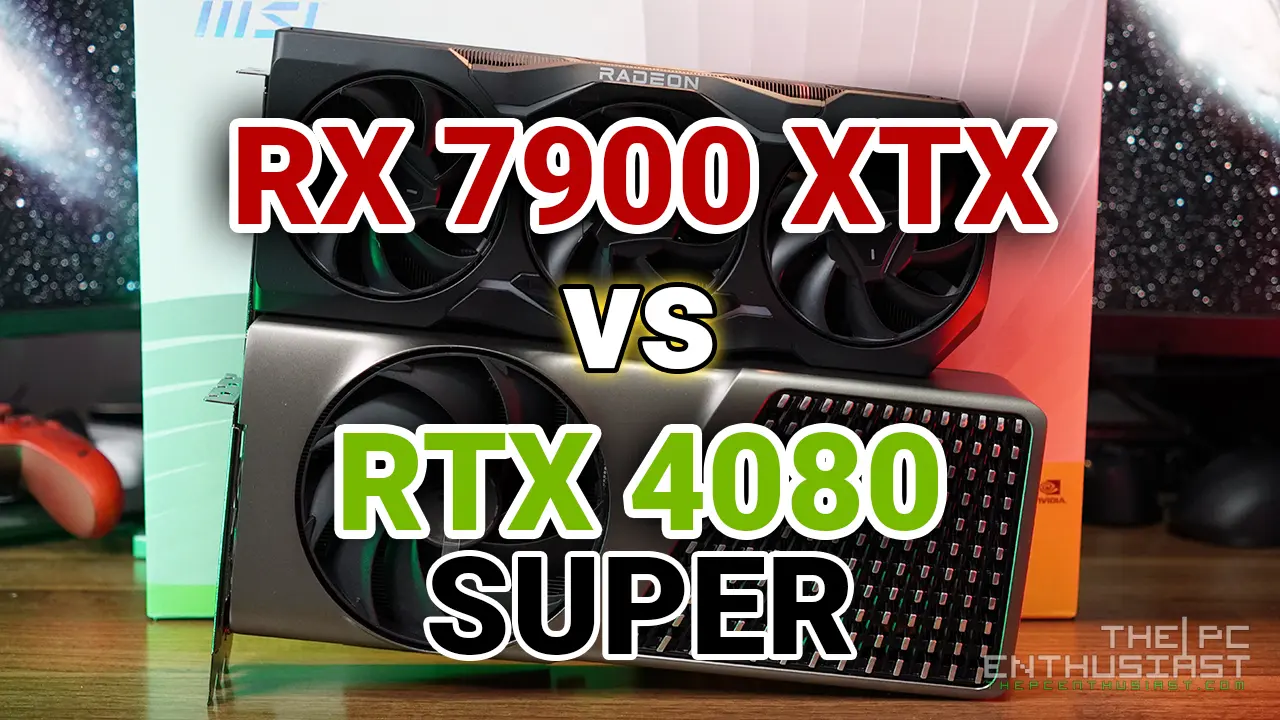Galax GTX 1070 EXOC-SNPR Packaging and Closer Look
The Galax GTX 1070 EXOC-SNPR features an all-black aesthetics. Even the packaging is mostly black and I guess by now you know why there’s a sniper crosshair on the front side of the box (clue: SNPR). The packaging is pretty much standard, you get an outer box with the name of the product and printed are some of its features. You also get another black box inside that house the graphics card and its accessories. The packaging includes reading materials, a driver CD and a 6-pin and 8-pin adapter. I’m not sure why manufacturers still include driver CDs nowadays, probably for those who don’t have an internet connection. But I’m sure most have an internet connection, so go to NVIDIA GeForce’s site and download the latest drivers instead.
Above and below is a closer look on the Galax GTX 1070 EXOC-SNPR. It looks clean and sleek, the finish on the front shroud is nicely done and the backplate has a deep black color with an aluminum brushed texture.
The graphics card feels very solid and sturdy on hand and its all-black color will definitely blend nicely in most setups. If you take a close look at the near end of its cooler shroud (which is all metal by the way), you will notice that it looks like a crown. I guess they patterned it with the logo they used on their Hall of Fame lineups. The resemblance is very close.
For its output port, the card has 5 display outputs; a DVI-D port, an HDMI port, and three DisplayPorts 1.4. The GTX 1070 EXOC-SNPR supports multi-monitor setup, up to 4 monitors connected simultaneously. It also supports a maximum digital resolution of 4096×2160 and maximum VGA resolution of 2048×1536.
Above are some photos of the GTX 1070 EXOC-SNRP from the sides. You’ll notice there are cut-outs on the sides of the shroud. I wish they placed RGB LEDs on those cut-outs as well to give more bling or highlight. Notice that the aluminum fin stacks are arrange in a horizontal manner. This means that any heat blown away by the fans will either exhaust at the front end (outside the case) or at the rear end (inside the system). Thus, sufficient air intake and exhaust is recommended for this kind of setup, since heat will most probably circulate within the case.
Also notice that the backplate with its RGB LED assembly is somewhat thicker. The problem with this setup is there are some motherboards where the PCIe slot is almost align with the memory slot. If that’s the kind of motherboard you have, you will not be able to install this graphics card as the back plate will obstruct with the memory slot. Another (minor) issue is that because the backplate area is a little bit thicker, it’s hard to unlock the lock on the PCIe slot when you want to uninstall the graphics card. The backplate will block your access to the locking mechanism on the PCIe slot. This could have been remedied if Galax made a cutout on the backplate on this area so that users will be able to access the lock on the PCIe slot. What I did is I use curve or bent metal just to unlock the graphics card from the slot.
Above are photos of the GTX 1070 EXOC-SNPR’s cooler shroud. Like I said earlier, it features an all metal design and it also cools not only the GPU itself, but also the GDDR5 memory chips as well. If you look closely on the first photo, you can see some tiny green PCB with LEDs on it near the motor area or center of the fans (underneath the fan blades). There are three Red LEDs on each fan that gives illumination. It’s good that they placed LEDs on the fans as it adds more to the aesthetics, but I wish they placed RGB LEDs that goes with the RGB LEDs on its backplate. No problem if you decide to go all red and black; but what if you want to use another color, it won’t match as you can see from the photo below. They should have gone with RGB on the fan section as well.
Here’s how the inside part of the backplate looks like and it’s very easy to remove. On the second photo, you can see that the MOSFETs, right beside the power phase, are cooled by a separate heatsink.
Above are photos of the front and back side of the Galax GTX 1070 EXOC-SNPR’s custom PCB.
Finally, here’s a closer look at the GP104-200-A1 that powers the every GeForce GTX 1070 graphics card in the market. The GP104-200-A1 is a 16 nm fab process by TSMC, with 7.2 billion transistor count and 2,560 CUDA cores. It is surrounded by eight Micron GDDR5 memory chips, for a total of 8GB of memory. By the way, Galax released a BIOS update for their graphics cards that use Micron chips, like what other manufacturers did. The BIOS update aims to fix the memory issue with Micron chips. You can download them from Galax’s site.
Next page let’s take a look at Galax’s XtremeTuner Plus graphics card utility.

